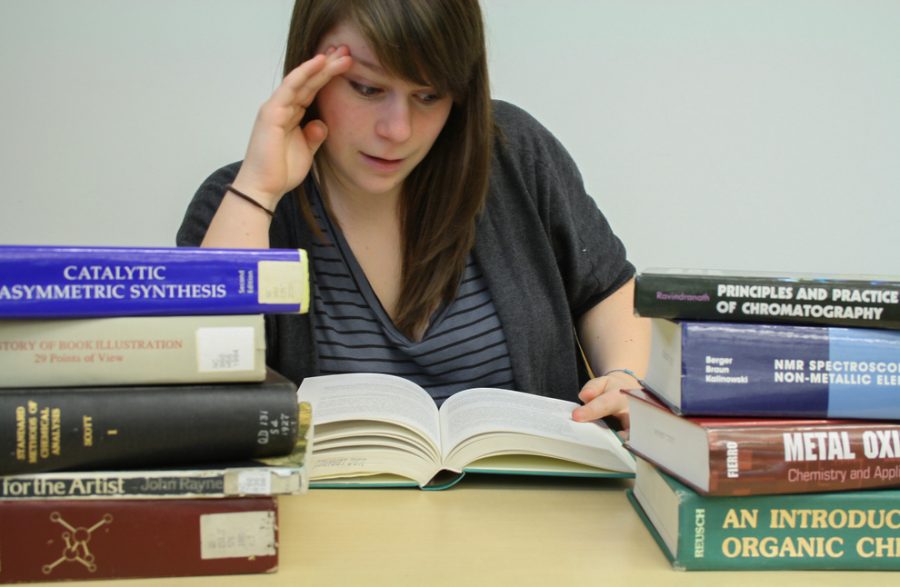Education must adapt to new media sources
Courses should take auditory, visual learning styles into account, provide diverse sources
Many students are burnt out after reading multiple essays and textbook chapters a week. If they were able to offset that with videos or podcasts, students who learn best from other sources can be accommodated.
March 21, 2018
Many students learn through different styles of engagement. Some are perfectly fine reading textbooks and flipping flashcards.
But others don’t benefit from this experience. They need something more sensory, something they can tie into their contemporary lives. Professors should do more than just have students read. They should recognize new sources of media as valuable in teaching.
As an English major, I am obviously required to study the written word. It’s my job. But there are days that I am sick of reading about wannabe Walt Whitmans or Jane Austens or over-dramatic poets with terrible lives. Modern storytelling — video games, interactive websites, podcasts, comics, etc. — are an adaptation to education that needs to be available.
This is not just for English majors — many fields of study could benefit from recognition of these resources. A classroom discussion about the latest medical podcast or the newest album from modern composers can be beneficial to different learning styles. An app for economics students that allows them to understand financial markets in a more interactive way could do more than a dry textbook with confusing charts.
Most of these resources exist or are soon to appear. We should embrace the variety of outlets that can create a more memorable learning experience, and help information retention and understanding.
We don’t have to completely replace textbooks. I still read my texts and papers and I am able to learn from them. But imagine the information we could learn and explore through these unique sources, simply by taking advantage of what we have available to us in modern times.
Amber Strother, an adjunct English professor, utilizes this concept. She finds that mixing these multimedia sources into her courses brings a level of sensory engagement that allows her students to carry the ideas and themes of different genres into their own lives.
“Using things like films and television series and podcasts and comics gives students a way to think about texts in a different way,” she said.
Strother’s Introduction to Literature Studies class focuses on the Southern Gothic, while her current English 101 class centers on science fiction themes. The sources she uses in these classes range from texts such as William Faulkner’s “As I Lay Dying,” to the podcast “S-Town,” and episodes from Netflix’s “Black Mirror.”
Other majors can be just as exploratory in their media samples. History majors could explore obscure subjects through podcasts such as “Lore,” which focuses on odd historical events. Anthropology majors could break down human societies and interactions through analyzing social media and YouTube. Criminal Justice majors could learn to understand or identify pieces in a crime through social media posts and recordings of victims and criminals, to better understand their actions and interactions.
Professors should consider these ideas in their classroom. No matter the major, there are media resources that can help students achieve different kinds of engagement. This would have a positive impact on learning and allow them to incorporate their studies into contemporary life.

















